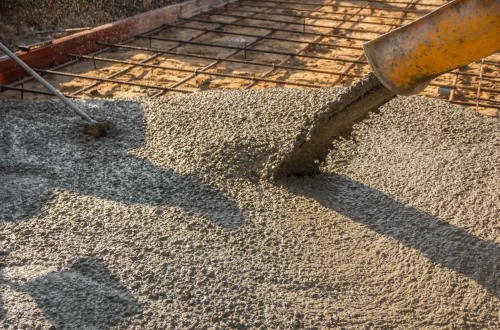How do HVAC systems work?
Regarding building structures, HVAC stands for heating, ventilation, and air conditioning. Important areas in the realm of mechanical engineering include HVAC systems and kinds.
HVAC essentially refers to the numerous sorts of systems used to move air between various indoor and outdoor environments. Additionally, HVAC systems provide heating and cooling in both residential and commercial structures.
HVAC systems guarantee a building’s air quality. Every type of building, including homes and apartments as well as commercial structures like businesses and hospitals, utilizes an HVAC system. Reach out to us at https://lincolnwayheating.com/about-us/.
HVAC systems that use less energy
About 40% of a building’s total electricity consumption is used by the HVAC systems. HVAC systems should therefore maximize the available energy.
HVAC systems are monitored and managed by energy management systems (EMS) or building energy management systems (BEMS). When the HVAC system is not operating effectively, this program sends notifications.
These systems produce insightful reports that pinpoint problem areas and offer suggestions for resolving those issues.
To automate answers, they also integrate control systems. Additionally, heating and cooling systems are automatically changed to match the ambient temperature. Therefore, continuous observation ensures that neither overheating nor overcooling occurs.
Energy-efficient HVAC systems are offered by companies like Mitsubishi and Bryant.
Conclusion
Systems for heating, ventilation and air conditioning play a key role in building design. HVAC installations go hand in hand with architectural design. Make planning for HVAC installation as soon as possible.
A thermostat and other components are used in an HVAC system to combine the heating, cooling, and ventilation processes. By doing this, the air inside the building can circulate as it should. It also aids in adjusting the building’s temperature to suit the requirements of the season or climate.
Various HVAC systems, including the Split AC System, the VRV or VRF System, and the CAV and VAV System, are also available for commercial buildings. For various-sized buildings, several types of HVAC systems satisfy particular needs.
The bottom line is that when picking HVAC systems that perfectly suit residential or commercial buildings, careful attention to detail must be paid. For every space, this system offers a secure and wholesome indoor atmosphere.






